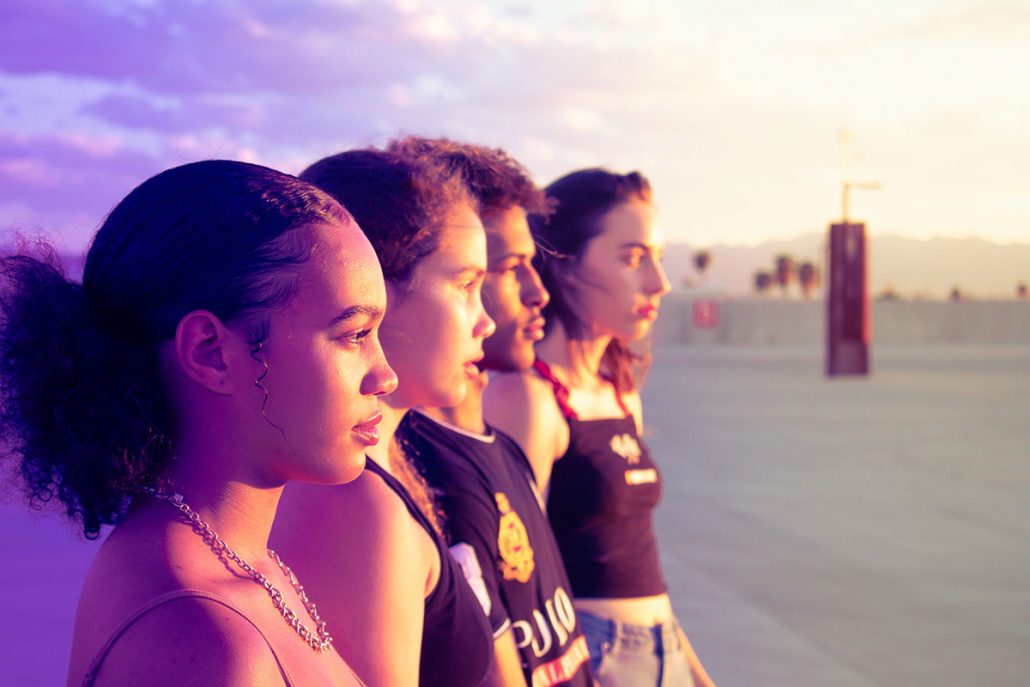
Being a young kid is an exciting time. Awkward, but exciting. Our hormones are raging, we’re discovering ourselves and our sense of individuality, we’re given more freedom and choice as we begin to navigate the world outside the direct supervision of our parents. Our feelings are big and bold and brash. They’re also unpredictable and fluctuating.

It’s all a part of that magical and messy time that is puberty. The all-encompassing laughter of sleepovers with your friends, the exhilaration of doing something your parents don’t know about (or approve of), the testing of limits, the anguish and insecurity of feeling attraction for someone, the butterflies of flirting with them.
Our kids, thanks to their still-growing brains, have a high level of impulsivity and a sense of ‘do without considering the consequences’ part of their being. They have a profound level of curiosity and need to explore that curiosity. These aspects of our children should be encouraged and celebrated, not stifled.
Adolescents have more access to the pleasure center part of our brain than any other age cohort. In other words, dopamine abounds. Dopamine goes off whenever we do something that feels good: that work out we did, dancing at a party, or going for coffee with a friend. It’s also partly responsible for that high we get when we find out that person we like is into us, when we anticipate that date we’re going to go on, when we engage in sexual activity.
But you know when else dopamine is released? When we get that text back, when we get a DM in our instagram inbox, and, when we watch porn.

Dopamine is powerful stuff. We’re constantly seeking its release, constantly chasing that high. Yet, the recent revelation of how much dopamine is released when watching porn is cause for concern, particularly for our kids.
There’s a whole slew of reasons why porn is unhealthy for our kids. But here, I want to talk about how digital dopamine is affecting our kids, from watching porn to sly DMs.
In the digital age, this wanting is available to our kids 24/7. The digital dopamine is on tap; porn is a click away, and so are all those DMs, texts and snapchats. And because dopamine is a never-ending escalator, it keeps us wanting more. But dopamine is also a desensitizer, and this is where it gets dangerous.
Ppornography can quickly desensitize their dopamine response, leaving them wanting more explicit, more violent, more dangerous porn. This translates into those DMs our little ones are sending to each other. Innocent romantic texts suddenly can’t elicit the same feel-good dopamine response, nor can the cute photos they send back and forth. Suddenly, our children are engaging in explicit back and forths just to get that giddy, butterfly feeling we all remember from our youth. This is where sexting started.
This is one of the many reasons we need to talk to our children about porn. There’s nothing wrong with their curiosity. There’s nothing wrong with their early days of romance and their first forays into their feelings of being a sexual creature. But porn, in the digital era, poses a real threat in their ability to regulate their own dopamine response, and navigate their early romantic and sexual relationships. They deserve those early sexual experiences. They don’t deserve porn and they don’t deserve a world where no one is speaking to them about it.